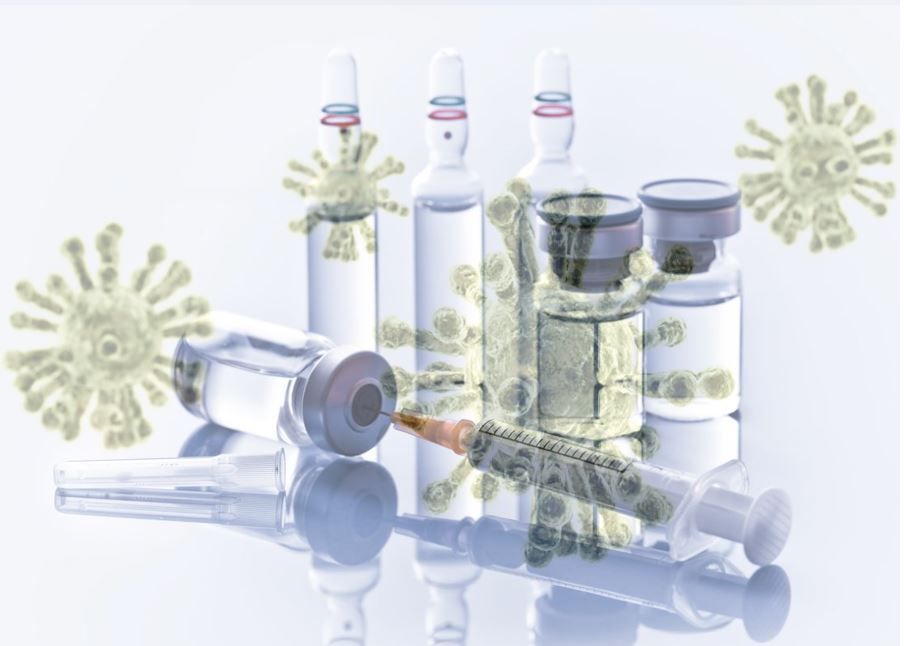COVID-19 Vaccine Intervals
21 days between the first and second dose
28 days between the first and second dose
Nearly 90% of vaccine recipients who received a first dose of either the Moderna or Pfizer vaccine got the booster shot within the prescribed interval, according to new research from the CDC.

Nearly 9 in 10 (88%) of individuals who received a first does of a COIVD-19 vaccine completed the 2-dose series within the prescribed time frame; 8.6% had yet to receive the second dose but were still within the allowable interval to receive it, according to research published online on March 15, 2021 in Morbidity and Mortality Weekly Report.
The study also found that of all patients who received a COVID-19 booster injection, 95.6% did so within the vaccine manufacturer's recommended interval.
The findings were based on 2 analyses of COVID-19 vaccine administration data conducted among individuals who initiated the vaccination series between December 14, 2020 and February 14, 2021, and whose doses were reported to CDC through February 20, 2021. A total of 40 157 900 individuals initiated the COVID-19 vaccination series during this time and had vaccine administration data reported to the CDC.
For the first analysis, investigators aimed to determine whether recipients of the first dose of either the Pfizer or Moderna vaccines who had sufficient time to receive the second dose had completed the series. The second analysis evaluated whether individuals who received the second COVID-19 vaccine dose by February 14, 2021 received the dose during the recommended dosing interval.
Investigators wrote in MMWR that while the data appear to bode well, the groups targeted for priority during this early phase of vaccine rollout were more likely to have received their doses in a work setting (eg, healthcare workers) or residence (eg, long-term care dwellers). They note that such conditions “might have facilitated adherence to the recommended schedule.” As vaccine eligibility broadens, adherence to the recommended dosing interval may decrease.
In cases of deviations to the recommended dosing intervals, investigators recommend:
Demographic differences. American Indian and Alaska Native individuals and the lowest series completion rate (83.7%) and the highest prevalence of missing the second dose (5.1%). Non-Hispanic individuals of multiple/other races (86.1%) and Hispanic individuals (87%) had series completion rates lower than those among non-Hispanic Native Hawaiian or other Pacific Islander (90.3%) and non-Hispanic White (90.3%) individuals.
Age differences. Series completion was lowest among adults aged ≥65 years (87.2%) but this group also accounted for the lowest percentage of missed second doses (2.3%). In the groups aged 16–44 years, 4.0% missed the second dose.
Although missed doses and second doses administered outside of the recommended interval were rare, the investigators emphasized that public health officials and providers should work to better understand the reasons for lack of adherence to COVID-19 vaccine doses. Scheduling follow-up visits during the initial scheduling or administration and sending reminder notices during and after the second-dose interval can help ensure adherence.
Source: Kriss JL, Reynolds LE, Wang A, et al. COVID-19 vaccine second-dose completion and interval between first and second doses among vaccinated persons–United States, December 14, 2020-February 14, 2021. Morbidity and Mortality Weekly Report. March 19, 2021. Doi: http://dx.doi.org/10.15585/mmwr.mm7011e2external icon.